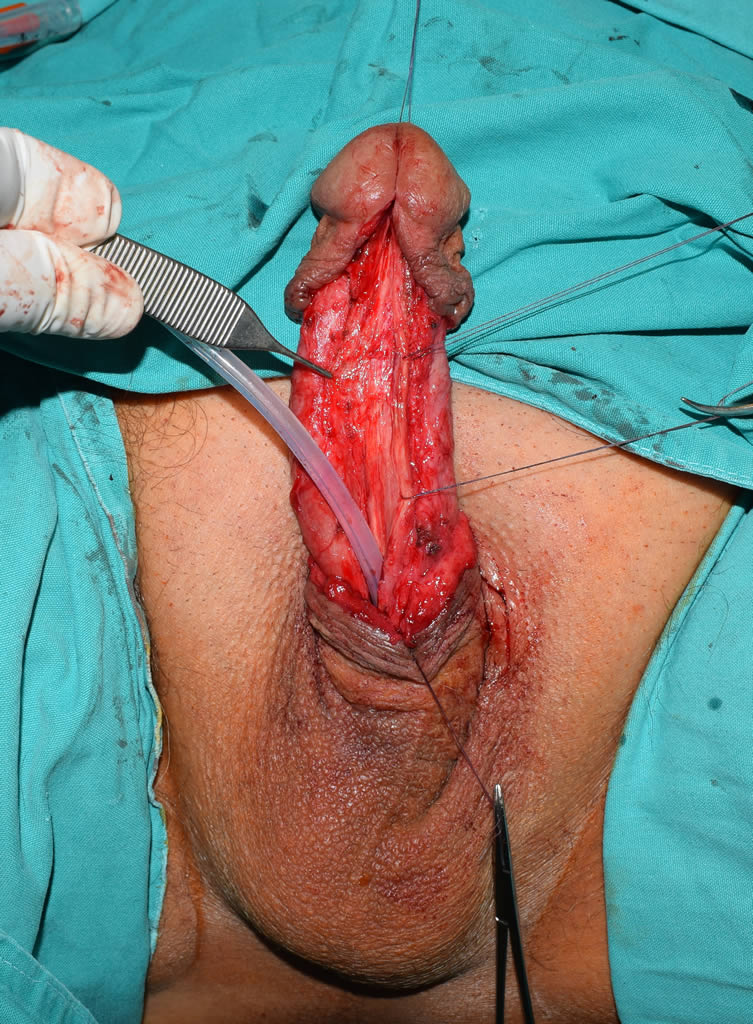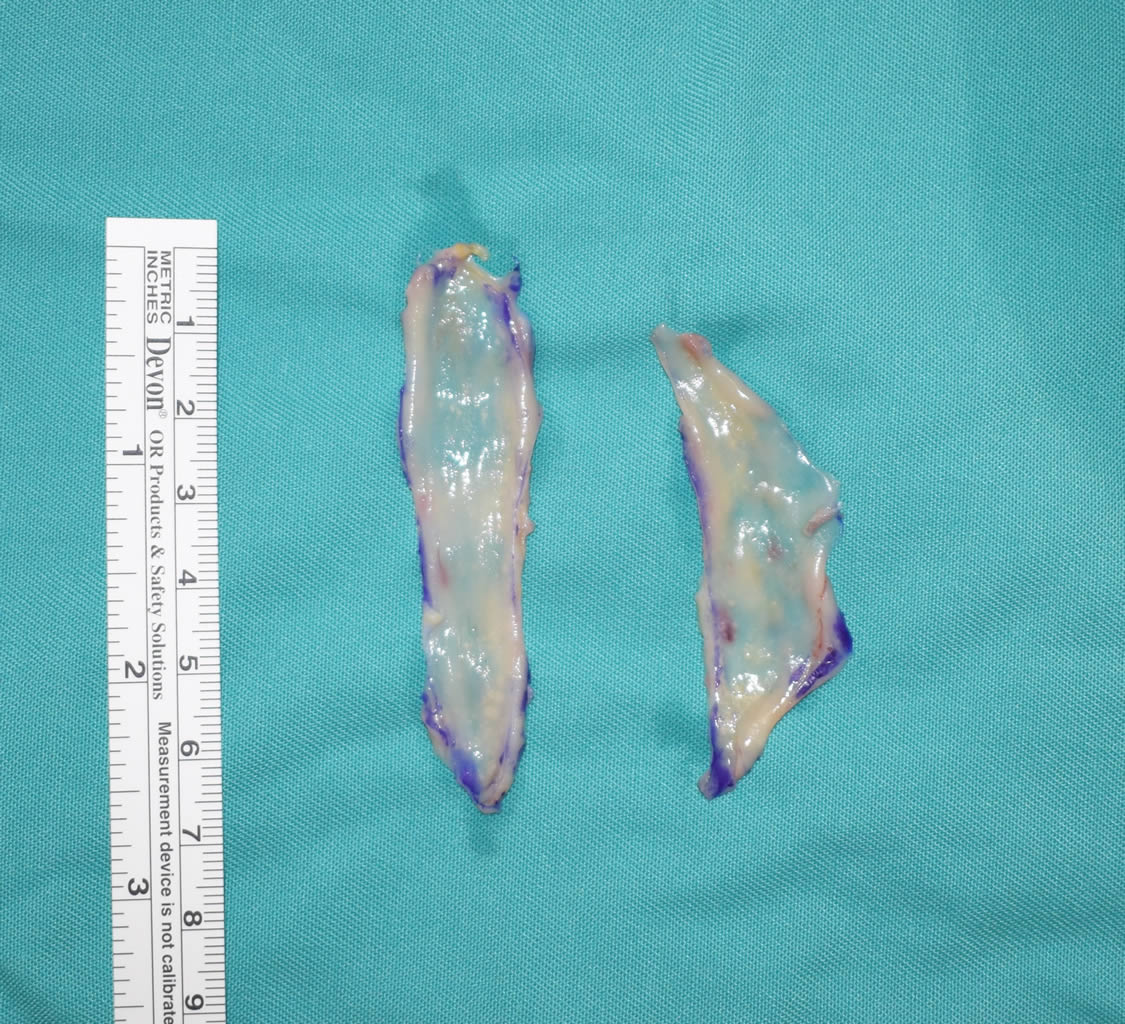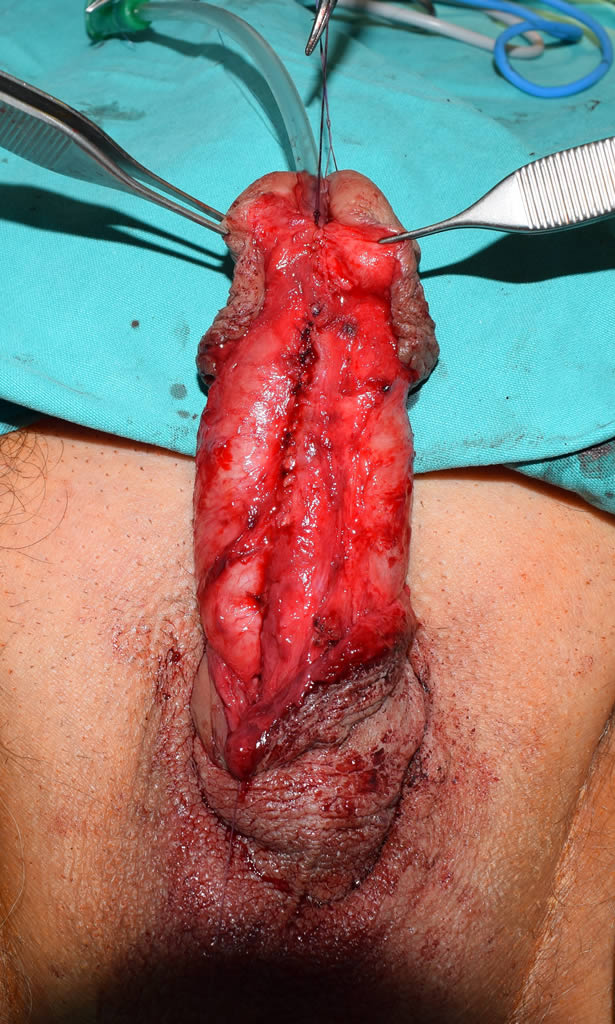Urethral stricture

What is urethral stricture?
Urethral stricture is narrowing of the urethra. The urethra is the canal that carries urine from the bladder through the penis and out the urethral meatus during urination. A stricture (stenosis) restricts the flow of urine from the bladder and can cause a variety of problems including infection and inflammation.
- Posterior urethral stricture: the urethra is completely broken in its posterior part (the initial part-closer to the bladder). It is commonly associated with pelvic fractures. Urine cannot flow at all and it is necessary to place a direct catheter in the bladder (through the abdominal wall)- cystofix.
- Anterior urethral stricture: it covers the rest of the length of the urethra (penile and so-called bulbar part of the urethra) and is most commonly caused by trauma or catheterization.
What are the causes?
It is much more common in males than in females.
- Trauma to the urethra
- Urinary catheterization
- Damage from surgical tools, such as an endoscope
- Infection, including sexually transmitting infections
- Prostate surgery
- Skin diseases (lichen sclerosus)
- Congenital malformations (hypospadias)
- Idiopathic- in many urethral stenosis, the cause is unknown
What are the symptoms of urethral stricture?
- Slow or decreased urine stream
- Incomplete bladder emptying
- Loss of bladder control
- Spraying of the urine stream
- Urethral leaking
- Pain with urination
- Urinary tract infections, recurrent cystitis (inflammation of the bladder mucosa) and signs of prostatitis (inflammation of the prostate)
- Increased urge to urinate or more-frequent urination
- Periurethral abscess – localized collection of pus that has built up around urethral tissue
Some patients with severe urethral strictures are completely unable to urinate. This is referred to as acute urinary retention, and is a medical emergency. This condition requires the placement of a catheter through the urethra or directly into the bladder.
How to diagnose this condition?
- Physical exam, urinalysis
- Urinary flow test- measures the strength and amount of urine flow
- Urethral imaging : X-ray or ultrasound
- Urethroscopy- the doctor places a small, bendable, lubricate scope(a small viewing instrument) into the urethra so he can see the narrowed area
- Retrograde urethrogram- this test is being done to see how many strictures there are, their position, length and severity. This is an X-ray procedure that uses a contrast agent that is instilled through the opening of the penis. The contrast shows up on an X-ray film to locate the stricture and its length. Once the bladder is full, you will be asked to urinate so that the stricture could be recognized during the voiding process.
What are the possible complications of urethral stricture?
Impaired urine flow due to urethral stenosis carries a number of complications. The most common are inflammation of the urethra (urethritis), inflammation of the mucous membrane of the bladder (cystitis), inflammation of the prostate (prostatitis). If stenosis persists, bladder function may be compromised and stone formation may occur and eventually lead to renal impairment and failure.
How do you treat urethral stricture?
The treatment will be decided by the findings on the imaging procedures.
- Urethral dilatation(bougierung) : Under local anesthesia, the urethra is being widened using a series of gradually larger dilating instruments and a cystoscope. This stretching is not really a cure and needs to be repeated regularly. It is often painful, leading to frequent infections and bleeding, with even more severe narrowing of the urethra.
- Urethrotomia interna : Under the direct control of the surgeon, a narrowing of the urethra is seen and removed with a laser od a “cold knife”. This method is used only for short stenosis in the area of the “bulbar” urethra. For longer urethral stenosis at other sites, this method is not indicated. If the stenosis returns, re-urethrotomy is not indicated, but an open surgical method to resolve the stenosis (urethroplasty).
- Implanted stent or permanent catheter, If you have a severe stricture and choose not to have surgery, you may opt for a permanent artificial tube (stent) to keep the urethra open, or a permanent catheter to drain the bladder- percutaneous suprapubic cystostomy.
- Open surgery can be urethroplasty ( enlargement of the urethral lumen) or “primary anastomosis urethroplasty” (direct fusion of healthy parts of the urethra)
Urehtroplasty
This is an operative procedure for the reconstruction of the narrowed part of the urethra, in order to enlarge its lumen, to allow the urine to flow freely. Contemporary treatment of urethral stenosis involves urehtroplasty that uses a graft- a portion of the mucosa that is taken from the inside of the cheek (called buccal mucosa) and which, after treatment, makes the narrowed part of the urethra permanently enlarged.
- The operation is being done under general anesthesia. The surgery usually takes from 2 to 4 hours, depending on the severity of the scar tissue.
- Most patients remain hospitalized for a day or two after surgery.
- In order to enlarge the narrowed part of the urethra that prevents the normal urine flow, the mucous tissue from the inside of the patients cheeks is commonly used as a graft.
- The model, around which a new part of the urethra will be made from the graft, is a urinary catheter that remains in the penis for 10 to 20 days after surgery to allow it to heal.
- During this period the patient will urinate through the suprapubic catheter, called cystofix, which is places during the surgery.
- Stitches will dissolve and do not need to be removed.
- The patients should limit their activity for 2 weeks minimum after surgery, or until the catheter is removed.
Primary anastomosis urethroplasty
This is an operation that connects the healthy ends of the urethra (anastomosis), with the previous removal of the scar tissue. This operation is performed if the narrowed urethra is in the bulbar part or after injuries with rupture of the posterior urethra. The surgery takes 2 to 4 hours depending on the severity of the stenosis. During the surgery, a catheter is placed, which will stay for 3 to 4 weeks inside the penis. The patient may also have a catheter inserted directly into the bladder through the anterior abdominal wall- cystofix, until the urethra heels.





